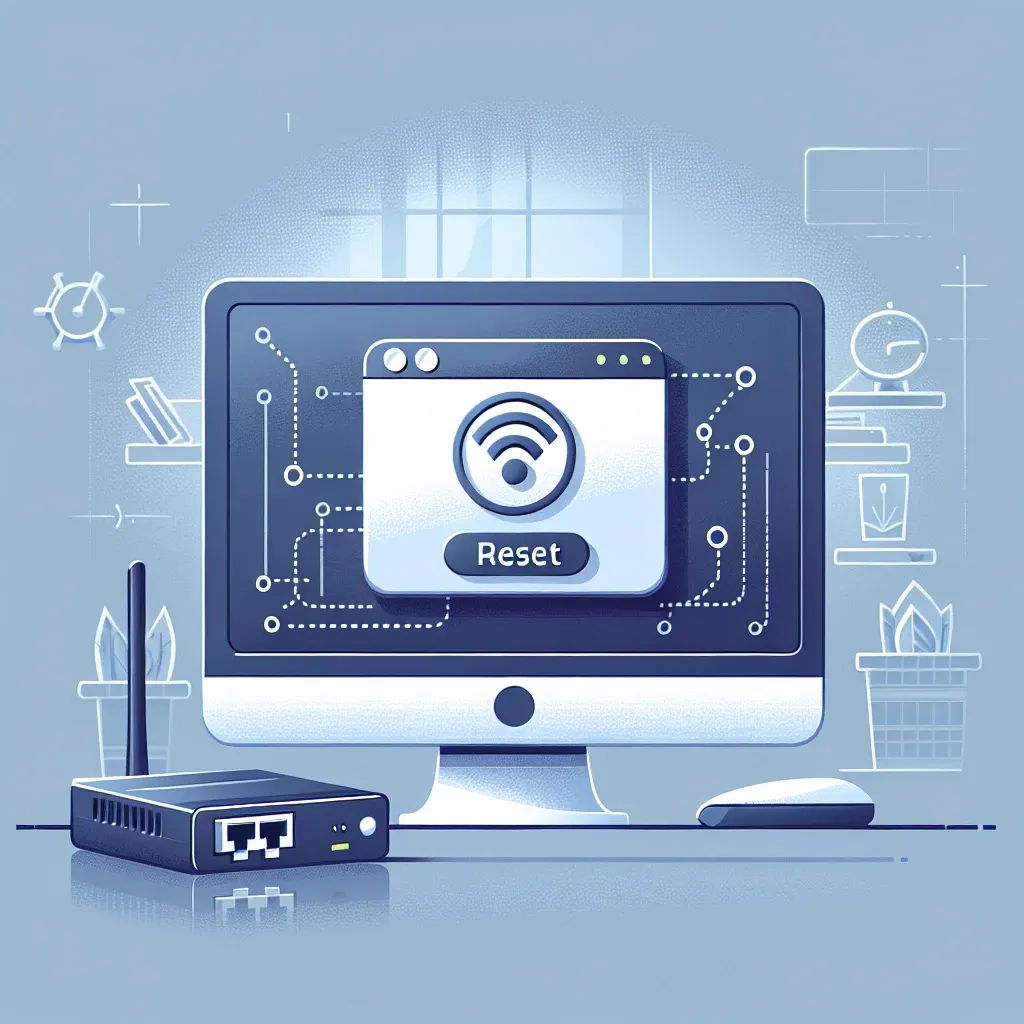Introduction
Having network connectivity issues can be frustrating, whether you are trying to work from home, stream your favorite show, or engage in online gaming. Often, these issues can be resolved by resetting your network adapter. This guide covers comprehensive steps for resetting a network adapter on both Windows and Mac operating systems.
Why Reset a Network Adapter?
Resetting a network adapter can fix various network issues such as:
- Loss of internet connectivity
- Slow network speeds
- Network configuration problems
- IP address conflicts
- Unable to connect to the internet
Understanding how to reset a network adapter is useful in many scenarios to restore optimal network performance.
Methods to Reset a Network Adapter on Windows
Windows 10 and 11
Follow these steps to reset a network adapter in Windows 10 and 11:
- Press Windows + I to open the Settings app.
- Navigate to Network & Internet.
- Select Status from the left-hand menu.
- Scroll down to find and click on Network reset.
- Click Reset now.
- Confirm the prompt by clicking Yes.
- Your PC will restart and reset the network adapters.
Advanced Method Using Command Prompt
If the traditional method doesn’t resolve the issue, you can use the Command Prompt to reset the network adapter:
- Press Windows + X and select Command Prompt (Admin) or Windows PowerShell (Admin).
- Type the following commands one by one, pressing Enter after each command:
netsh winsock resetnetsh int ip resetipconfig /releaseipconfig /renewipconfig /flushdns- Restart your computer to apply the changes.
Windows 7 and 8
For Windows 7 and 8 users, the process is slightly different:
- Click on the Start button and open the Control Panel.
- Navigate to Network and Sharing Center.
- Select Change adapter settings.
- Right-click on the network adapter you wish to reset and select Disable.
- Wait a few moments, then right-click the adapter again and select Enable.
Methods to Reset a Network Adapter on Mac
If you are using a Mac, follow these steps to reset your network adapter:
- Click on the Apple menu and go to System Preferences.
- Select Network.
- Choose the network connection you wish to reset from the list on the left.
- Click on the minus (-) button to remove the network adapter.
- Click the Apply button to save your changes.
- Click on the plus (+) button to add a new network adapter.
- Select the interface and set it up as new.
- Click Apply to finalize settings.
Advanced Method Using Terminal
For more advanced users, the Terminal can be used to reset network settings:
- Open the Terminal application.
- To renew the DHCP lease, type:
sudo ipconfig set en0 BOOTP- Then, type:
sudo ipconfig set en0 DHCP- Replace “
en0” with the appropriate network interface if needed. - Your system should reconnect to the network with a fresh configuration.
Common Troubleshooting Tips
Sometimes, even after resetting the network adapter, issues may persist. Here are some additional troubleshooting tips:
- Ensure that your network drivers are up-to-date.
- Restart your router or modem.
- Check the physical connections and make sure cables are securely attached.
- Try connecting to another network to rule out ISP issues.
- Contact your ISP if there are ongoing issues from their end.
Conclusion
Resetting a network adapter is a straightforward yet effective solution for resolving many network-related issues. Whether you are using a Windows or Mac system, the steps outlined in this guide should help you troubleshoot and fix connectivity problems. Keep this guide handy for future reference, and don’t let network issues disrupt your online activities.

